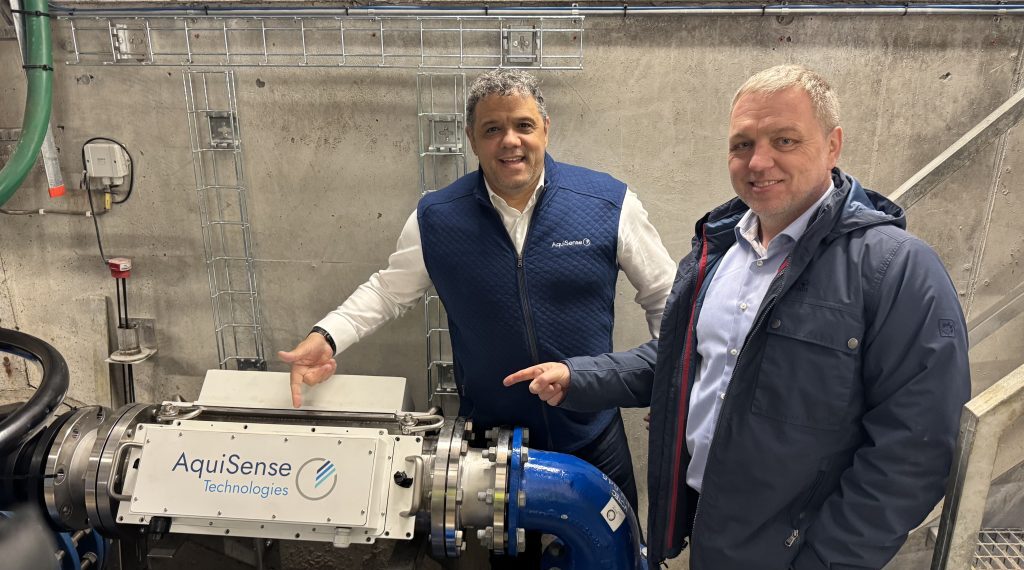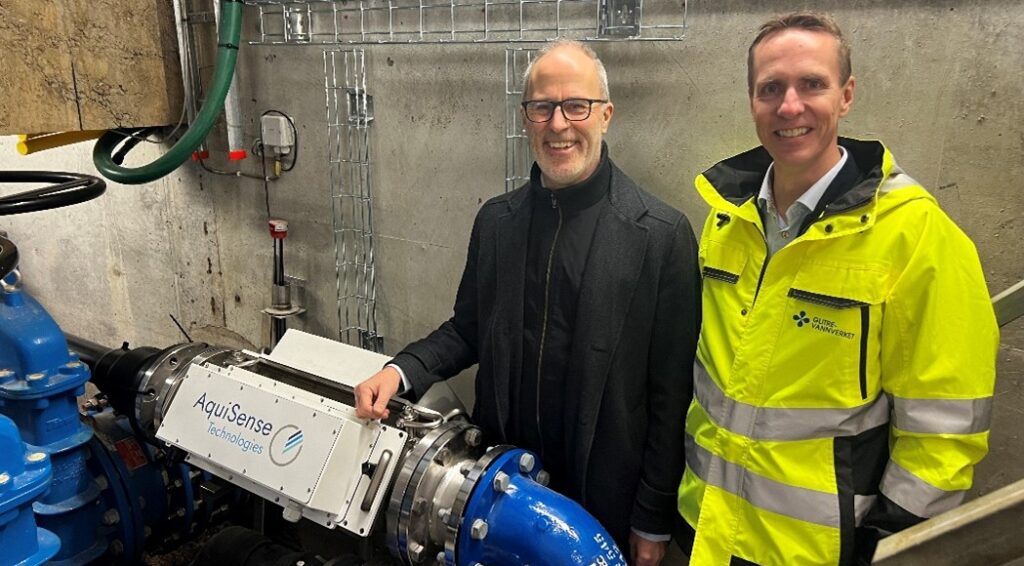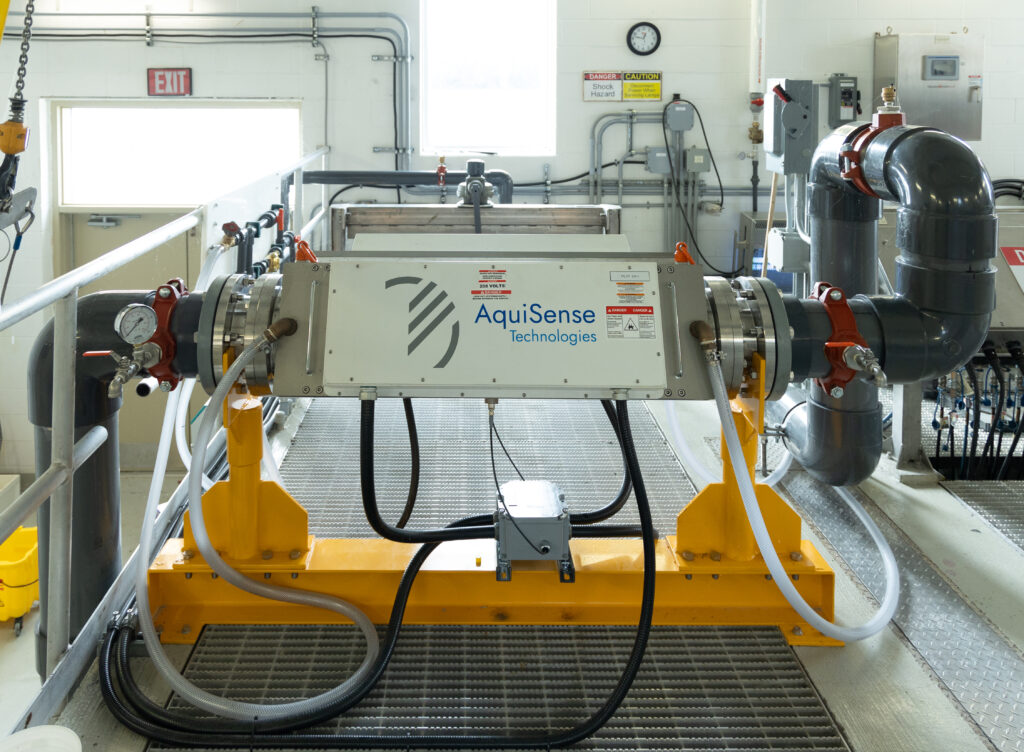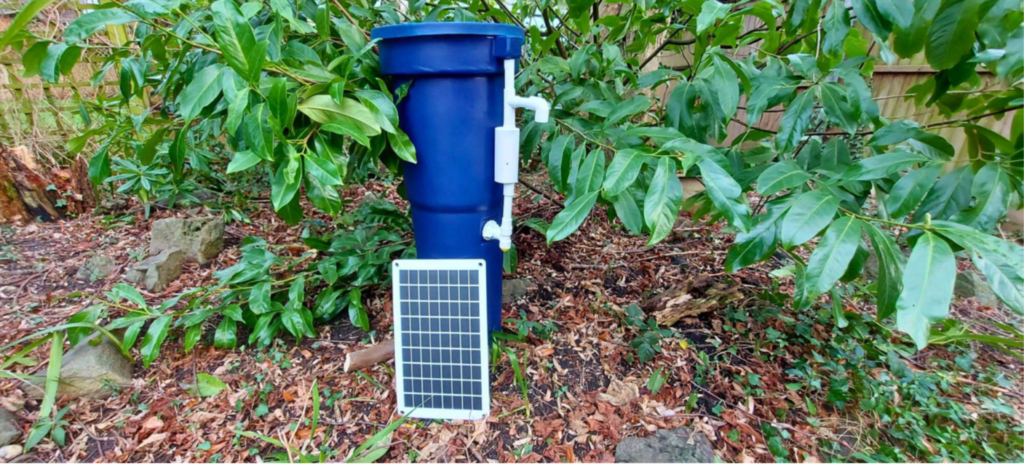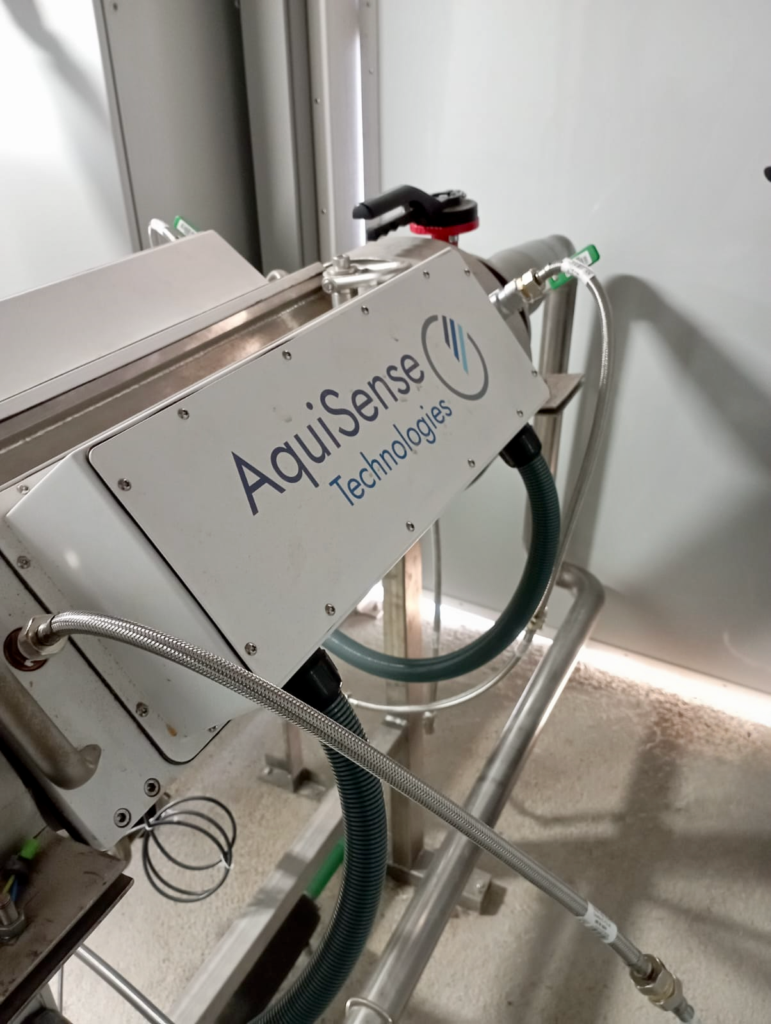Norwegian drinking water utility Glitrevannverket is working with Danish engineering consultancy Rambøll to pilot AquiSense PearlAqua Kilo™ for UV-C LED for large-Scale water disinfection
Overview
An international collaboration linking the US and European water industries is helping to accelerate the use of UV-C LED technology for municipal scale water disinfection. Norwegian utility Glitrevannverket is collaborating with Danish engineering consultancy Rambøll and UV-C LED market leader AquiSense Incorporated, to test multiple units designed for municipal and industrial water disinfection. The innovation project is partly funded by the Norwegian Institute of Public Health.
Problem
Water utilities seek alternatives to traditional mercury-based lamps, with mercury use and mining facing restrictions and a potential ban in the future. Currently, 98 percent of the UV disinfection market uses mercury-based systems, but these face global usage restrictions over the next few years, with an eventual mining ban expected in 2032, as set out by the Minamata Convention on Mercury. The convention adopted in 2013 and entered into force in 2017, aims to reduce mercury pollution, which is one of the World Health Organization’s top 10 chemicals of ‘major public concern’.
Innovation
A PearlAqua Kilo™ unit integrates LEDs into a unique and compact design without the use of chemicals or mercury-based UV lamps. This will ensure the water treatment in the facility is future-proofed against any regulatory changes affecting mercury usage. The PearlAqua Kilo™ offers municipal and industrial level disinfection with flowrates up-to 6 MGD (22,712 m3/D).
The pilot project at the Setervann water treatment facility near Asker, Norway, is conducting extensive testing and analysis to assess the technical, operative, and economic performance and implications for deploying UV-C LED technology. This site was chosen for its comparable water quality to many of Norway’s water sources. Outcomes will provide valuable insights and recommendations into adapting and the potential of implementing UV-LED technology across Norwegian water treatment systems and beyond.
Result
The project will evaluate technical performance, operation stability, and cost efficiency to guide future implementation of UV-C LED solutions for Norwegian municipalities.
“Glitrevannverket supplies drinking water to 160,000 people, which is a large scale in Norway. We see it as our responsibility to monitor the development and testing of new technology. The Setervann water treatment plant is a reserve water source and not needed in daily use. This makes it ideal for a controlled study of the UV-LED equipment at different operating conditions without any impact on the regular water supply. We look forward to receiving results in this project and to share our experiences with the water industry” says an excited managing director Marius Asheim. “Water is our most important nutrient, and we must always look for better ways to ensure safe drinking water.”
